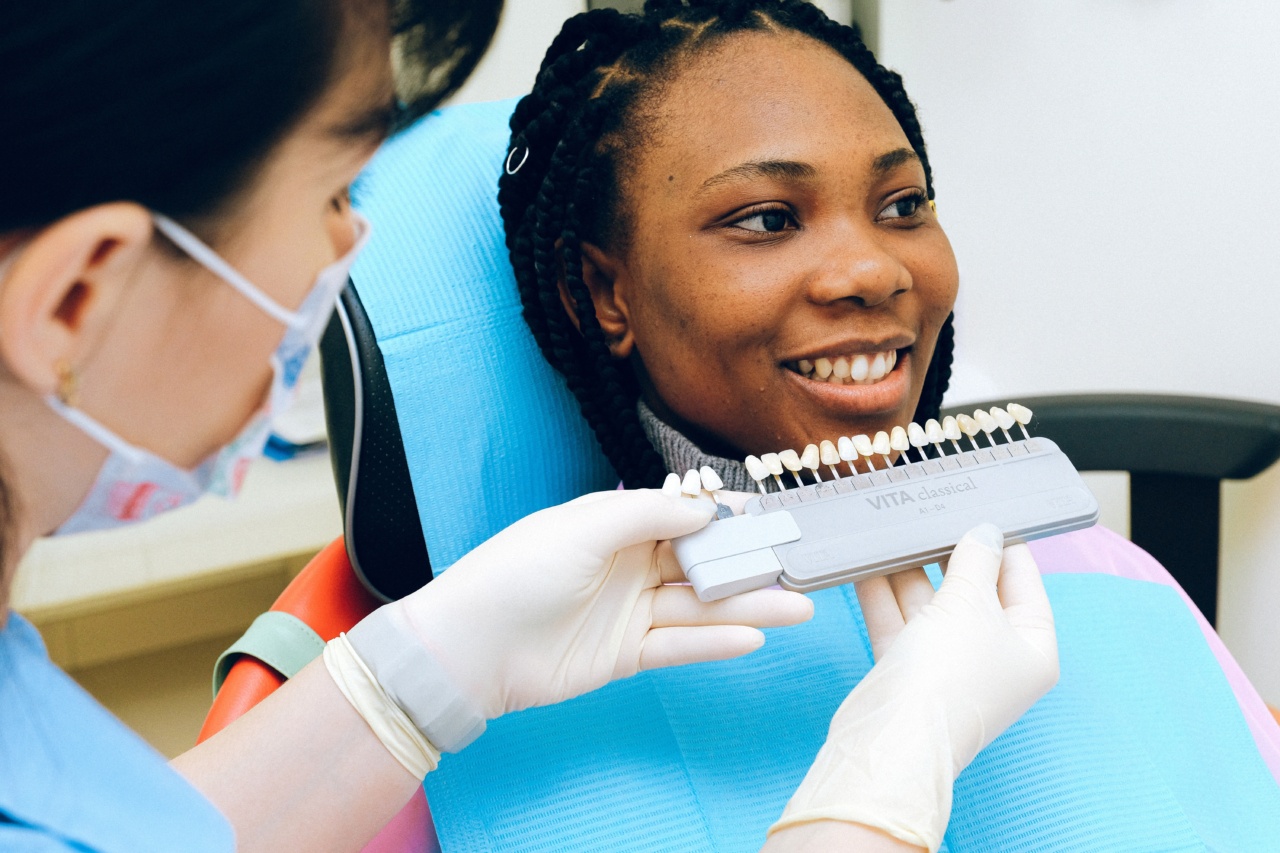Oral cancer is a serious and often fatal health issue that affects millions of people around the world. But diagnosing oral cancer can be difficult and time-consuming, often requiring invasive biopsies and other painful procedures.
Fortunately, a new saliva test may be able to help diagnose oral cancer faster and more easily than ever before. This article will explore what the test is, how it works, and what it could mean for the future of oral cancer diagnosis.
What is Oral Cancer?
Oral cancer is a type of cancer that affects the mouth and throat. It can develop in any part of the oral cavity, including the lips, tongue, gums, and roof of the mouth.
According to the American Cancer Society, more than 53,000 people in the United States will be diagnosed with oral cancer this year, and more than 10,000 will die from the disease.
Oral cancer is often caused by lifestyle factors such as tobacco and alcohol use, but it can also be caused by viral infections such as the human papillomavirus (HPV).
Symptoms of oral cancer can include mouth sores, red or white patches in the mouth, difficulty swallowing, and changes in the voice.
Why is Oral Cancer Diagnosis Difficult?
Diagnosing oral cancer can be difficult for several reasons. First, the symptoms of oral cancer are not always obvious, and many people may not know they have the disease until it has progressed to a more advanced stage.
Second, diagnosing oral cancer usually requires a biopsy, which is an invasive and often painful procedure that involves removing a small piece of tissue from the affected area for examination under a microscope. And even after a biopsy, it can take several days or even weeks to get the results.
Finally, oral cancer can be difficult to diagnose because it can look very similar to other noncancerous conditions, such as canker sores or cold sores. This can lead to misdiagnosis and unnecessary worry and expense for patients.
What is the New Saliva Test?
The new saliva test for oral cancer is a noninvasive and painless method of diagnosing the disease.
The test is based on the idea that cancer cells release certain molecules, called biomarkers, into the saliva that can be detected using special techniques.
The test works by collecting a small sample of saliva from the patient, usually using a swab or other collection device.
The saliva is then sent to a laboratory for analysis, where scientists look for the presence of certain biomarkers that are associated with oral cancer.
If the biomarkers are detected, it means that the patient has oral cancer and further testing, such as a biopsy, may be necessary to confirm the diagnosis and determine the best course of treatment.
What are the Advantages of the Saliva Test?
There are several advantages to using the saliva test for oral cancer diagnosis:.
- The test is noninvasive and painless, so it can be done quickly and easily in a doctor’s office or clinic.
- The test is less expensive and less time-consuming than traditional biopsy-based diagnosis.
- The test can detect oral cancer in its early stages, when it is more treatable and has a better prognosis.
- The test can reduce the need for unnecessary biopsies and other invasive procedures.
When Will the Test be Available?
The saliva test for oral cancer is still in the development phase and has not yet been approved for use in clinical settings.
However, early results of clinical trials are promising, and many experts believe that the test could be available to patients within the next few years.
What are the Challenges?
There are several challenges to using the saliva test for oral cancer diagnosis, including:.
- The test may not be as accurate as biopsy-based diagnosis, especially in cases of early-stage oral cancer.
- The test may produce both false positives and false negatives, leading to unnecessary treatment or missed diagnoses.
- The test may not work for all patients, especially those who are undergoing treatment for other health conditions, such as chemotherapy or radiation therapy.
The Future of Oral Cancer Diagnosis
Despite these challenges, the saliva test for oral cancer represents a major step forward in the diagnosis and treatment of this serious disease.
With faster and more accurate diagnosis, patients can receive early treatment that can improve their chances of survival and reduce the need for invasive biopsies and other procedures.
In the future, it is possible that the saliva test for oral cancer could be used as a screening tool for people who are at high risk of developing the disease, such as smokers and heavy drinkers.
This would allow doctors to detect oral cancer earlier and prevent it from progressing to a more advanced stage.
Conclusion
The new saliva test for oral cancer is an exciting development that could revolutionize the way we diagnose and treat this serious disease.
While there are still challenges to overcome, the promise of faster, more accurate, and less invasive diagnosis is truly groundbreaking.





























